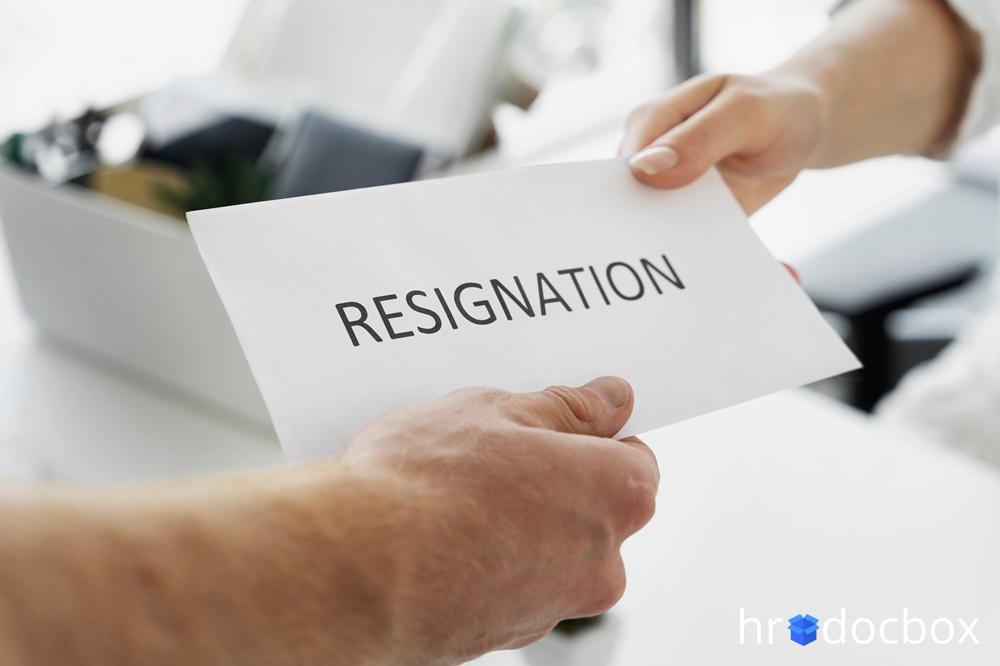Mastering the Art of the Resignation Response
How to Handle the Departure of a Highly Regarded Employee
Darryl Horn, Monday, 2 September 2024 • 4 min read
When a highly valued employee hands in their resignation, it’s like a punch to the gut. Their departure feels personal, a blow to the team, and a disruption to all the progress they’ve helped achieve. But before you spiral into a state of panic or attempt a last-minute Houdini act to keep them onboard, take a deep breath. Here’s how to respond with grace, tact, and, most importantly, a strategic mindset that preserves the dignity of all involved.
1. Respond Promptly and Professionally
The initial reaction to a resignation is crucial. A prompt, professional response shows respect and appreciation for the employee’s contribution while setting the tone for the transition. Start with a personal acknowledgement: “I received your resignation letter and I want to take a moment to thank you for your honesty and for all your hard work here.”
2. Schedule a One-on-One Discussion
A face-to-face (or virtual) meeting should follow your initial response. This is your chance to delve deeper into their reasons for leaving. Approach this conversation with empathy and curiosity rather than defensiveness. Ask open-ended questions to understand their motivations better: “Can you share more about what led to your decision? Is there anything we could have done differently?”
3. Express Genuine Appreciation
This is your opportunity to shine a spotlight on their achievements and let them know how much they’ll be missed. Highlight specific contributions they’ve made and the positive impact they’ve had. For example: “Your leadership on the XYZ project was invaluable, and your innovative ideas have set a new standard for our team. Your absence will certainly be felt.”
4. Explore Possible Alternatives
Before accepting their resignation, discuss any potential alternatives. Sometimes, employees may be open to staying if their concerns are addressed. Explore options such as changes in role, responsibilities, or even flexible working arrangements. However, be honest about what’s feasible and avoid making promises you can’t keep.
5. Prepare a Transition Plan
If the departure is inevitable, a well-structured transition plan is essential. Work with the departing employee to outline their responsibilities, ongoing projects, and key contacts. Ensure a smooth handover by identifying a suitable successor or interim solution. Communicate this plan to your team to maintain transparency and manage expectations.
6. Communicate the News Thoughtfully
Announce the departure to the team in a way that reflects the departing employee’s contributions and maintains morale. Focus on the positive impact they’ve had and the opportunities ahead. For instance: “While we’re sad to see [Employee’s Name] leave, we’re grateful for their significant contributions to our team and wish them all the best in their new role.”
7. Foster an Open Dialogue
Encourage your team to share their feelings and address any concerns they may have. This can help alleviate uncertainty and maintain morale. Reinforce the message that change, while challenging, can also bring new opportunities for growth and innovation.
8. Reflect and Learn
Finally, take this opportunity to reflect on what might have led to the resignation. Are there systemic issues or gaps that need addressing? Use this feedback constructively to enhance your management practices and improve the work environment for remaining and future employees.
Conclusion: Embrace the Change
The departure of a highly regarded employee is undeniably tough, but it’s also an opportunity to demonstrate your leadership and professionalism. By handling the situation with care, respect, and strategic foresight, you not only honour their contributions but also position your team to adapt and thrive.
In the end, every resignation is a chance to evolve, learn, and grow. So, manage the transition with grace, and you might just find that you come out stronger on the other side.
About the author

Darryl is a Chartered CIPD Member, business leader and operational manager with 30 years experience in on-the-ground and strategic HR, specialising in Human Resources Management, Employment Law, Employee Relations and Learning & Development.
darryl@hrdocbox.co.uk
